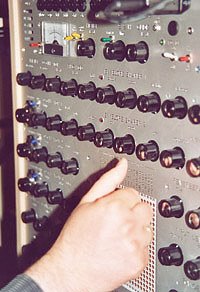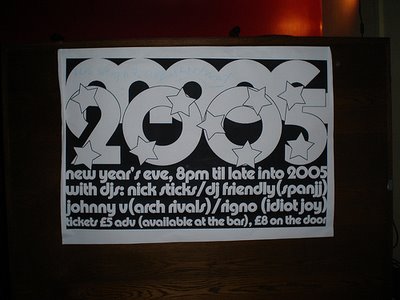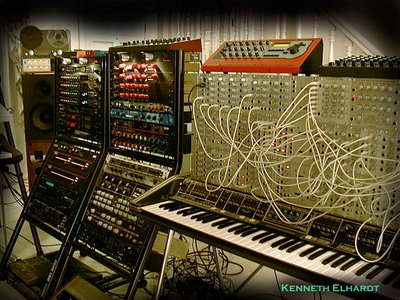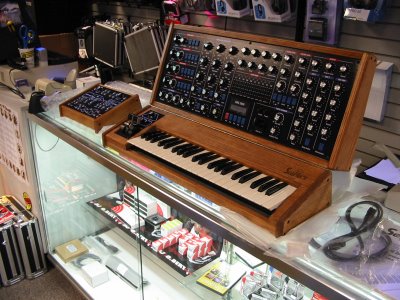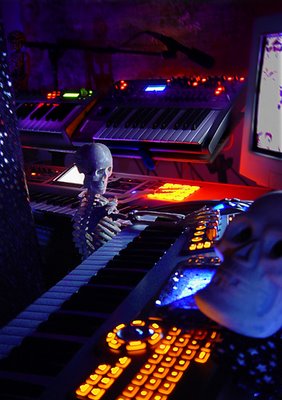 flickr by the earthling. The caption reads, "Spacewar was the first video game... ever. Yes, I played it on this restored PDP-1." I wonder if it produced sound and if so, how. If you have any idea if the PDP-1 could produce sound, please comment.
flickr by the earthling. The caption reads, "Spacewar was the first video game... ever. Yes, I played it on this restored PDP-1." I wonder if it produced sound and if so, how. If you have any idea if the PDP-1 could produce sound, please comment.via unrest.
Update via solipsisnation in the comments:
"Well, PDP systems were digital, and their CPUs were waaaay too slow for anything resembling real-time sound.
That said, the PDP series was used for electronic music composition, and while I was going to mention Paul Lansky's "Mild und Leise" (AKA "the neat FM-y noises from Radiohead's 'Idiotique'"), that appears to have been made on an IBM: link
Here's a timeline that mentions PDP-series computers, though: link
Of interest are these paragraphs:
"In 1968, Barry Vercoe working at Princeton developed a very fast version of MUSIC IV B, entitled MUSIC 360 [9] [12] for the new generation IBM 360 mainframes. In 1973 at MIT, Vercoe developed a compact version of MUSIC called MUSIC 11 [3]. It was written in PDP-11 assembler code for the PDP-11 computer. This was the first digital music synthesis program for mini-computers with a keyboard and teletypewriter VDU (Visual Display Unit).
John Chowning and James Moorer at the University of Stanford, California wrote another version of MUSIC called MUSIC 10 [13] for the PDP-10 in 1975. Further improvements to MUSIC 10 were implemented both at Stanford and IRCAM (Institut de Recherche et Coordination Acoustique/Musique) in Paris. The IRCAM implementation allowed input of short external samples through the use of Analog-to-Digital (A/D) converters. The input could be analyzed digitally providing data for modifications and re-synthesis, in combination with internally generated sounds."
So, the PDP-1 was probably too primitive, but systems with a similar architecture could be used to synthesize audio in a very slow and painstaking way-- no realtime sound, for sure. These were the days before microprocessors, and even KHz CPUs were still in the future. "


